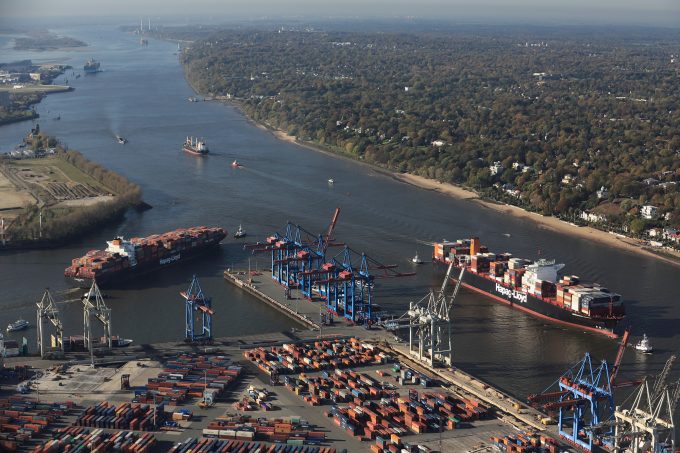India-Africa: Capacity revamp as demand brings rate gains for carriers
India-Africa trade is seeing a reconfiguration of capacity deployment due to the shipping alliance changes ...

Ocean carriers appear to be returning to the port of Hamburg after commencement of river Elbe deepening and widening projects.
And, as a spin-off, the port is regaining its status as the biggest transhipment hub for the Baltic.
Container handling at Hamburg was up 6.9% in the ...


Comment on this article